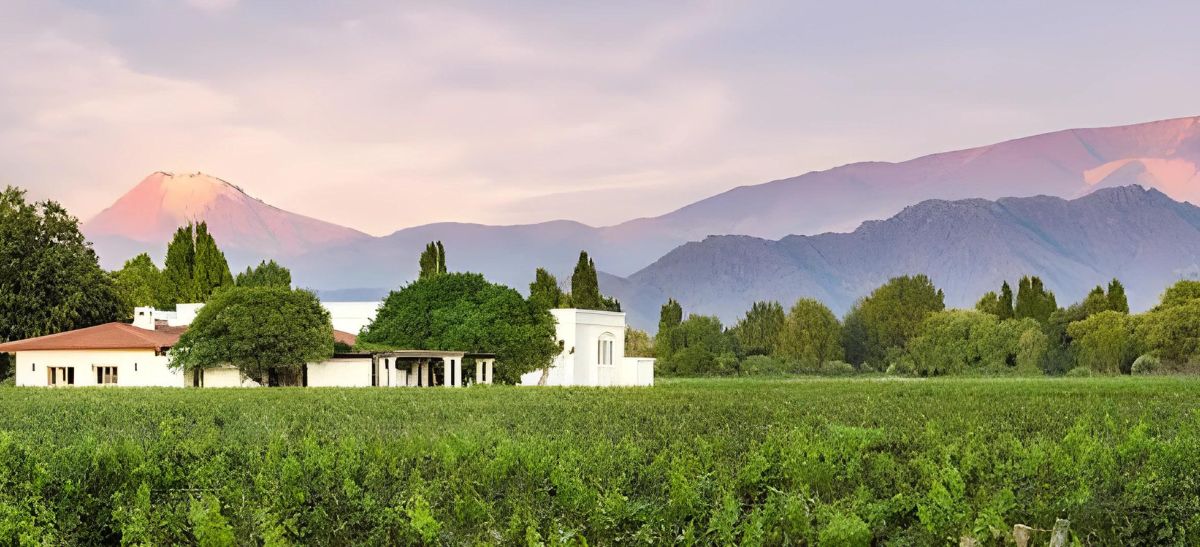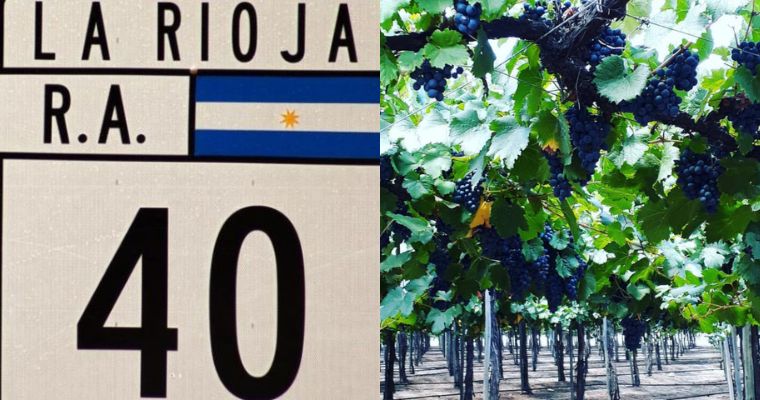Early Bird
Deadline
January 31, 2026
Judging
Date
May 18, 2026
Winners
Announced
June 10, 2026

Magdalena Pesce started studying the business aspects of viticulture and enology as long ago as the mid 1990s. She then earned her undergrad degree in international relations from the Universidad de Congreso in 2003. She gained experience as a marketing assistant at the UK’s Oddbins in 2004-05, worked in Spain, and joined Wines of Argentina as US and Brazil Manager in 2009. “My aim was to promote Argentine wines in the US and Brazilian markets, stressing their diversity and outstanding quality.”
She steadily moved up within the national wine trade oganization, becoming General Manager/CEO in 2021.
Wines of Argentina has played a major role in the international success of Argentine wines. This effort includes a major presence at ProWein 2024. The Argentine Pavilion (Hall 13) includes 31 wineries with their own stands, as well as those grouped in the institutional stands of Wines of Argentina and the Federal Investment Council, totaling 82 companies altogether. Argentina's presence is aimed at further deepening commercial relations with the global trade, increasing the participation of Argentine Wine in the main export markets.
Wines of Argentina seeks to strengthen the positioning of the national product in focus markets and expand its reach and distribution to new export destinations. Under the slogan "Premium Diversity. Sustainable Future," the communication strategy focuses on highlighting the diversity of terroirs and styles of Argentina’s wines, which have begun to enjoy renowned prestige worldwide. A major emphasis is the sustainability of Argentine Wine and the commitment of wineries to the production of premium wines through sustainable practices for the benefit of future generations.
At ProWein, Wines of Argentina will feature 40 wineries, with differential participation formats, thus replicating the model successfully implemented in 2023 that takes into account the differential needs of small and large wineries.
Pesce created time in her busy schedule to answer a few questions.

Magdalena Pesce, CEO of Wines of Argentina; source: Wines of Argentina
We are an organization that since 1993 has been promoting the brand and the country image of Argentine wines around the world. In addition to this we play our part in guiding Argentina's export strategy by studying and analyzing changes in our consumer markets: the United States & Canada, Europe, Asia and Latin America.
Our mission is to collaborate in the consolidation of Argentina among the main wine exporting countries and contribute to the global success of the national wine industry through the construction of the brand “VINO ARGENTINO", by raising the positive perception in the trade of opinion leaders and consumers.
I am proud to be the first female CEO of Wines of Argentina. In addition to leading an incredible and diverse team dedicated to promoting Argentine wines, I am deeply committed to empowering other women in our industry. My goal is to amplify their voices and work towards creating an egalitarian, diverse and sustainable wine industry in Argentina.
Argentina is recognized as one of the top ten wine markets worldwide, both for its extensive vineyard area and for its wine production and export. As for the distribution of Argentine wine to the domestic market, 75% of national production is allocated for this purpose. In terms of exports, only 25% of the total production of Argentine wine has been destined for the foreign market in the last five years.
In 2023, exports reached 203.5 million liters and generated income totaling 678 million dollars. The primary destinations for exports are the United States, Brazil, the United Kingdom, Canada, and Mexico. Together, these five countries account for 67.9% of the total volume of wine exports since 2018, as well as 63.3% of the FOB value invoiced.
Still wine is leading the way in Argentina’s wine sector, both in value and volume. Moreover, the increasing demand for organic and sustainable wines signals a shift towards more environmentally conscious consumption. The rise of boutique wineries, which focus on producing limited quantities of high-quality wines, is a key trend capturing the attention of wine enthusiasts and connoisseurs. These are the segments shaping the future of Argentina’s wine industry.
Wines of Argentina has been promoting Argentine wine overseas in key markets, developing specific content for each, as well as a focused digital strategy, and organizing various events and campaigns like the Malbec World Day, celebrated every April since 2011. More recently, we have also been working on initiatives like Sustenta Vitis to promote and support sustainable viticulture across Argentina.
Argentina is continually developing new wine regions, with wine production occurring in 19 of the country’s 23 provinces. Each region, with its unique terroir and varieties, contributes to Argentina’s evolving winemaking tradition. For instance, the varied landscapes of San Juan, the historic charm of La Rioja, and the cool climates of Patagonia. Also, new and extreme wine regions, such as Chubut, one of the world’s southernmost vineyards, and Jujuy, Argentina’s northernmost viticultural area with some of the highest vineyards in the world, are emerging.

Image: La Rioja and its oenological landscape
Argentina’s viticulture extends beyond the renowned Malbec, demonstrating a rich diversity and untapped potential. The Criolla native grapes, some of Argentina’s oldest varieties, are experiencing a revival, contributing to unique, high-quality wines. High altitude regions such as Salta and Mendoza are producing Chardonnays characterized by their bright acidity and complex flavor profiles.
The country’s white wine revolution is further evidenced by the depth and complexity of wines produced from old vine Semillon, some of the oldest in the world. Argentina’s signature white grape, Torrontes, when grown in cool climates, yields fresh, vibrant wines with a distinctive aromatic and floral character. The increasing recognition of Cabernet Franc and the emergence of Pinot Noir, particularly in regions like Patagonia, underscore the balance of fruit and acidity these varieties can achieve in Argentina’s terroir.
These varieties collectively represent the evolving expressions of Argentina’s wine industry, highlighting its diversity and potential.
[[relatedPurchasesItems-61]]
Over the next five years, Argentina’s wine industry faces challenges from climate change, economic instability, and regulatory issues. Wines of Argentina can address these by promoting Argentine wines globally, supporting innovation, advocating for sustainability, and fostering collaboration among winemakers.
Header Image Source: Wines of Argentina
Enter your Wines now and get in front of top Sommeliers, Wine Directors, and On-Premise Wine Buyers of USA.
